I love orchids. I have dozens lining my plant stands in the sunroom, and I nurture the wild orchids that pop up, unexpectedly, on my property, but they are just a few of the varieties that exist in the world.
There are orchids of all shapes, sizes, and colors, and some that look like animals (e.g., the monkey orchid and bird orchids). There’s even a ghost orchid — so many unique, fascinating, and beautiful blooms.
In fact, there are at least 25,000 species of orchids with a lot of them on the protected list. If I could add some of these rare orchids to my collection, I would, but they only survive in a very specific natural habitat; one that is being threatened by environmental and other human-related activities.
5 Rare Orchids to Check Out
Here are a few of the rarest, and perhaps, the most uniquely beautiful, orchids.
Western Underground Orchid
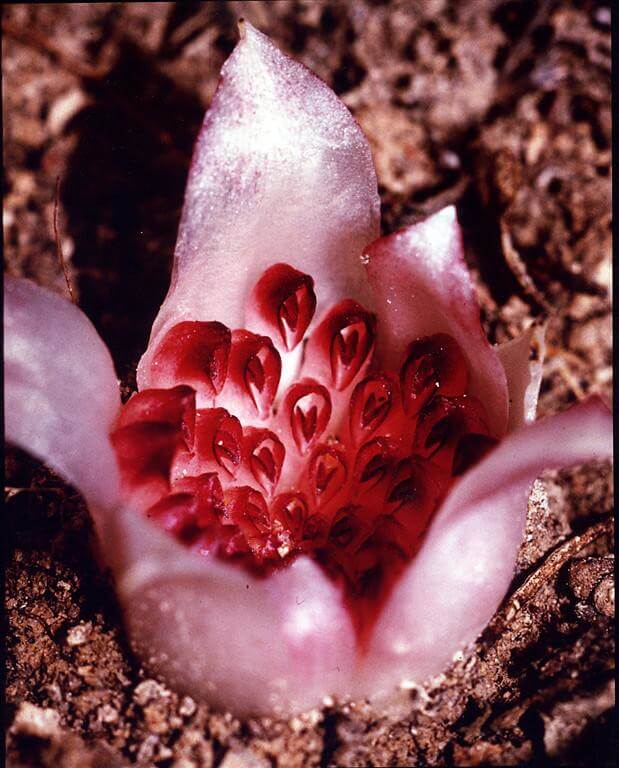
The western underground orchid or Rhizanthella gardneri, is popularly named because of its unusual attribute. It flowers at or below ground level so it’s not the best choice for an indoor orchid garden but fascinating, nonetheless. It’s native to the southwestern Australia and grows in the broom brush scrubland. The western underground orchid is technically, an herb, that between May and July, produces up to a hundred deep red, pink, or cream-colored flowers, all facing inward, and all surrounded by cream-colored bracts that curl over the flowers like a tulip head.
Every flower produces a fleshy, berry-like fruit which contains up to 150 seeds. With so many seeds, you would think this rare orchid would be prolific, but the seeds are apparently too heavy to be carried by the wind. It’s believed that small mammals might eat the fruit and distribute the seeds through their feces.
This orchid depends mostly on termites and gnats to pollinate. Since it’s a ground-growing plant, its main threats are the lack of a suitable habitat, drought, and rising salinity of the soil. Another underground orchid called the Coleman’s coral root orchid found on the Sky Islands of Arizona, is similarly endangered.
Work is underway to preserve the western underground orchid. Currently, there are probably fewer than 50 of these plants growing their natural habitat. The Millennium Seed Bank along with the Royal Botanic Gardens (Kew), Australia’s Endangered Species Program, and Perth’s Kings Park and Botanic Gardens, are seed-banking the western underground orchid in hope of safeguarding it within nature reserves for future generations to enjoy.
Western Prairie Fringed Orchid
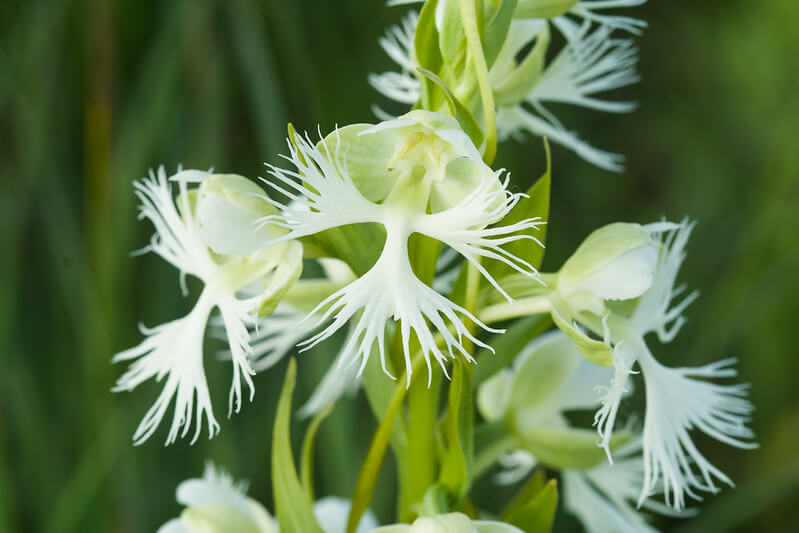
The western prairie fringed orchid or Platanthera praeclara, is found in the tallgrass prairies west of the Mississippi River, as far north as some of the most southern regions of Canada, and as far south as Oklahoma. They flourish in prairie potholes. Also known as glacial potholes, kettles, or kettle lakes, these anomalies left behind by glaciers are found in the shallow wetlands of the northern Great Plains.
Growing about 1 to 2 feet in height, each plant can hold up to two dozen flowers on one stalk. The plant remains in flower from May or June right through the warm summer months. At night, the flowers release a fragrant aroma which attracts the large sphinx moths that pollinate it.
Although they are still found in Iowa, Kansas, Manitoba, Minnesota, Missouri, Nebraska, and North Dakota, only 172 populations remain in the world. Of this 172, only four contain more than 1,000 plants. Like another fringed orchid, the Hawaii bog orchid, the western prairie fringed orchid can persist to grow in areas that have been grazed or burnt, but overgrazing (and livestock, particularly pigs, trampling the plants as in the case of the Hawaii bog orchid), heavy fires, and development have all contributed to decimate this unique and fragile, rare orchid.
Rothschild’s Slipper Orchid
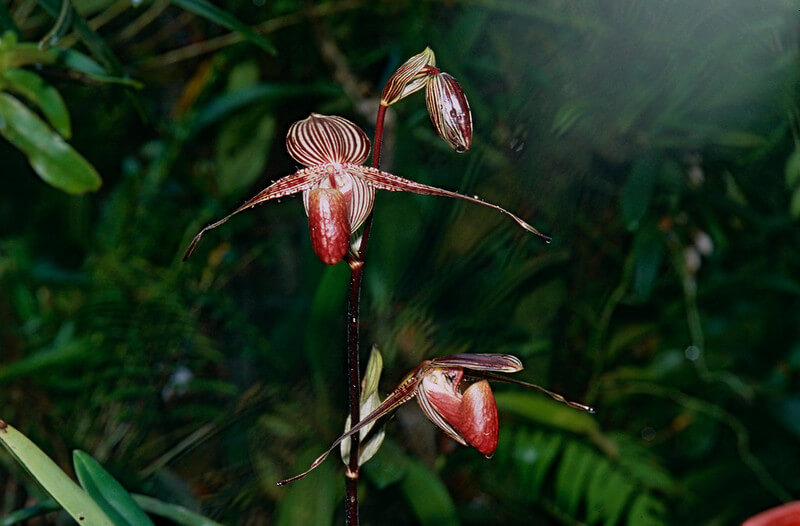
Rothschild’s slipper orchid or Paphiopedilum rothschildianum, also known as the gold of Kinabalu orchid, is a large, clear-leafed orchid with up to six large flowers (which appear in April and May) that are green- and red-spotted. Its natural habitat is the rainforests around Mount Kinabalu in northern Borneo, 1600 to 4000 feet above sea level.
Its unique coloring attracts parasitic flies which help pollinate it. Sadly, this rare orchid is considered critically endangered with less than 50 existing in its natural habitat. Why? Habitat destruction — like many other endangered plant species. It can, however, be added to a private orchid collection anywhere in the world if one wishes to pay the exorbitant black-market price of 5,000 USD.
Fly Orchid
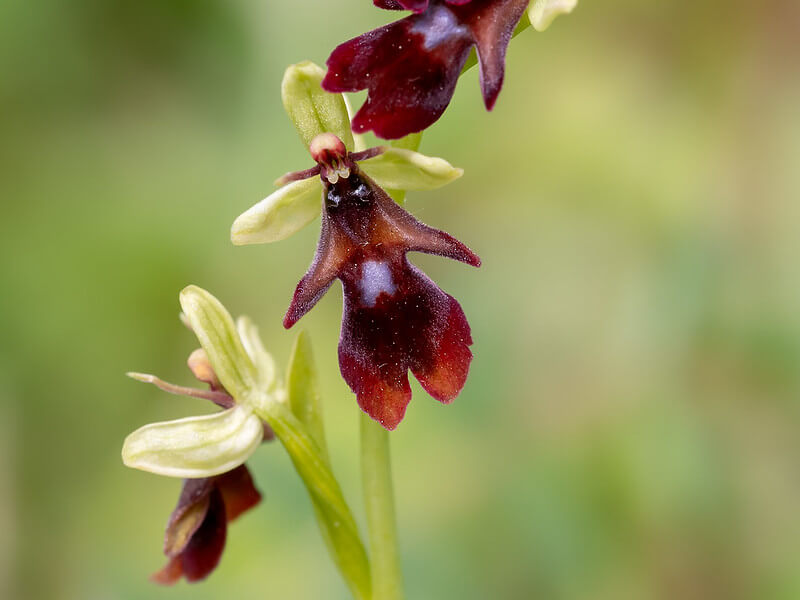
Fly orchid or the Ophrys insectifera, is native to areas in Europe and the United Kingdom. It can be found in the damp, alkaline soil of beech woodlands, forest edges, scrub, limestone grassland, chalk pits, wet meadows, stormy cliffs, disused railways, and even cracks in limestone pavement.
It grows up to 2 feet in height with 1 to 10 flowers per spike blooming from May to July. With its yellow-green sepals, dark brown petals and other glossy, dark colors, this orchid resembles an insect, specifically the common fly, as if it were perched on light green petals. Hence its name: fly orchid. This rare orchid depends on a mycorrhizal fungus in the soil surrounding its roots, which makes this orchid particularly vulnerable to fungicides and other chemicals.
Although doing reasonably well in numbers in Europe, its numbers in the United Kingdom are quickly dwindling, putting it on the watch list of endangered and rare orchids.
Blue Disa
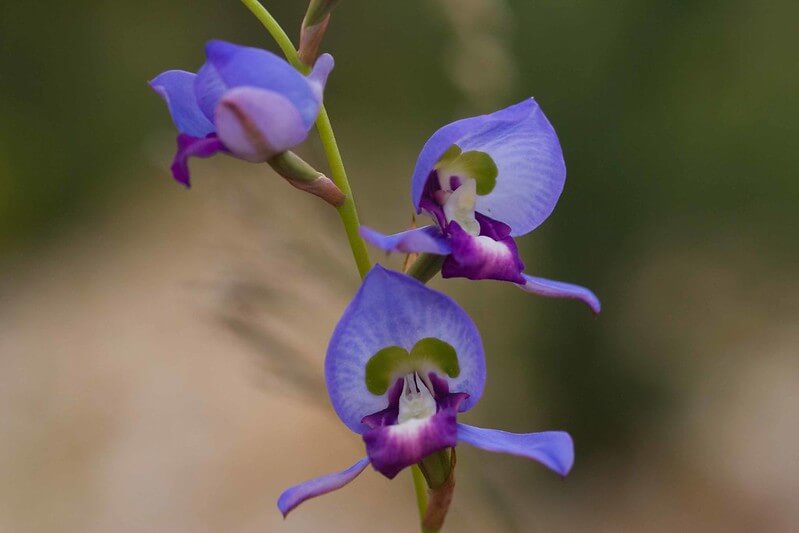
Blue disa or Disa purpurascens, is also known as the grass-like leafed disa. This orchid is majestic in appearance with bluish to violet-colored flowers, and the petals a deeper blue with a hood of olive-green. The coloring makes this orchid rare.
It’s difficult enough to find blue flowers let along blue orchids, unless the plant has been watered with a blue dye solution. Blue really isn’t a common flower pigment since most of the blues in the less than 10% of the blossoming blue flowers fade into a purple. Although plants absorb blue light for their energy needs, they rarely reflect the blue color in their flowers. This rare orchid’s natural habitat is in Cape Hangklip and Cape Agulhas in South Africa.
Other orchids are endangered, some more critically than others. There’s the Hochstetter’s butterfly orchid found in the Azores in the North Atlantic Ocean, the sky-blue sun orchid found in Tasmania and South Australia, and the ghost orchid found in Florida, Cuba, and the Bahamas. These (and more) are threatened by the changing environment, destruction of natural habitat, deforestation and agricultural expansion, livestock invasion, and fires.
There are laboratory engineered orchids like the Shenzhen Nongke orchid, an experimental orchid grown in the Shenzhen Nongke University in China, and the hybrid, the almost totally black stealth orchid. These orchids are considered critically endangered as well. Like most things on this planet, the Shenzhen Nongke orchid can be purchased for the price of 220,000 USD per flower.
It goes without saying that we all need to be more aware of our environment and what our actions may cause to the habitat of plants and animals. Climate change is upon us, around us, and consuming all that we hold dear. Orchids, even those we nurture carefully in our homes, are fragile. Perhaps it could be said that everything in nature is fragile, and we should treat all of nature with the care we give to our special home-based collections.


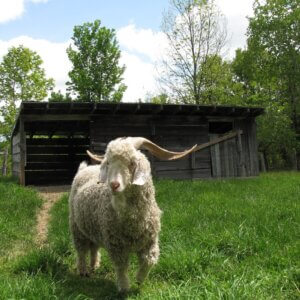
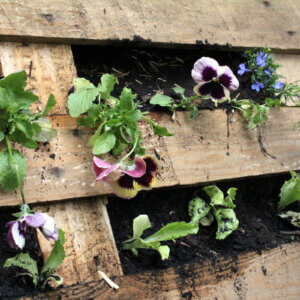
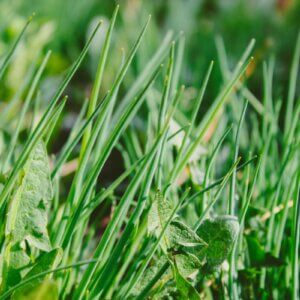
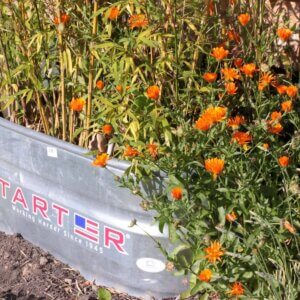
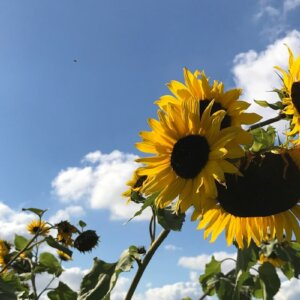
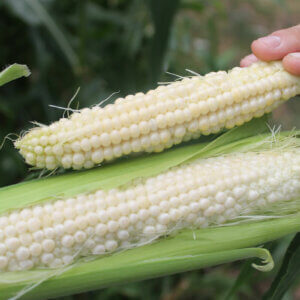
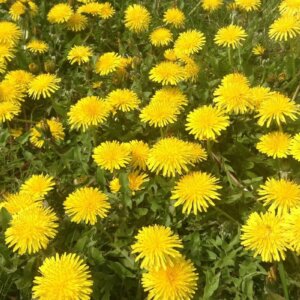


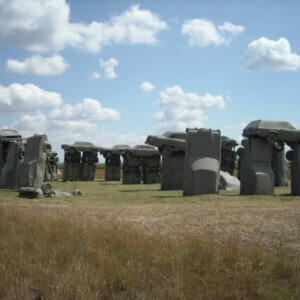
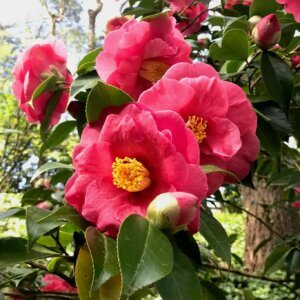






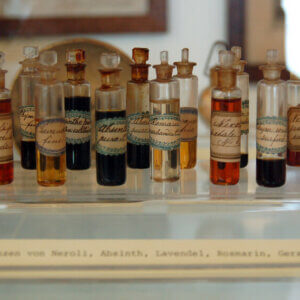
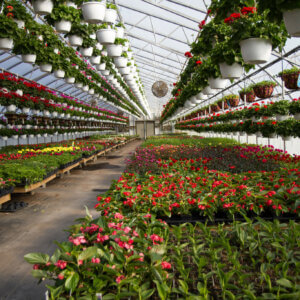
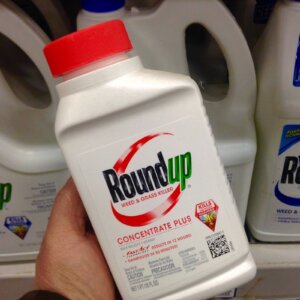

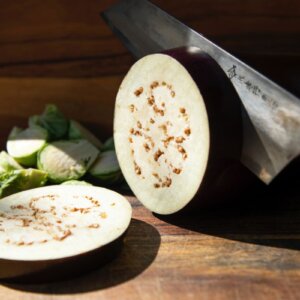
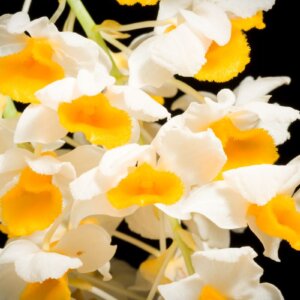
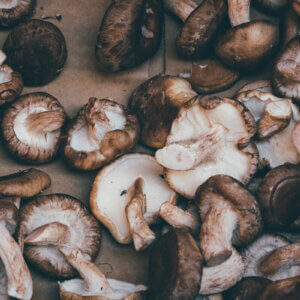
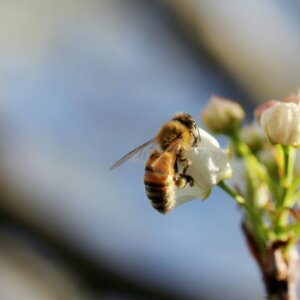

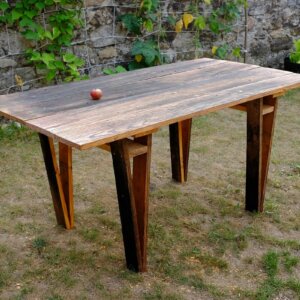


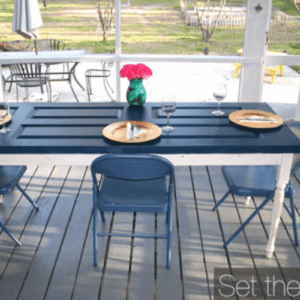

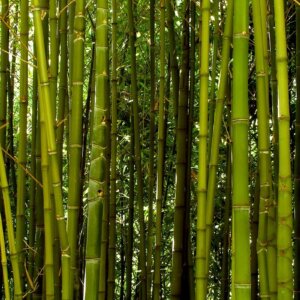



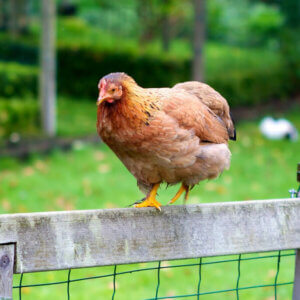

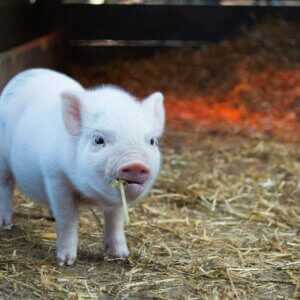

Leave a Reply